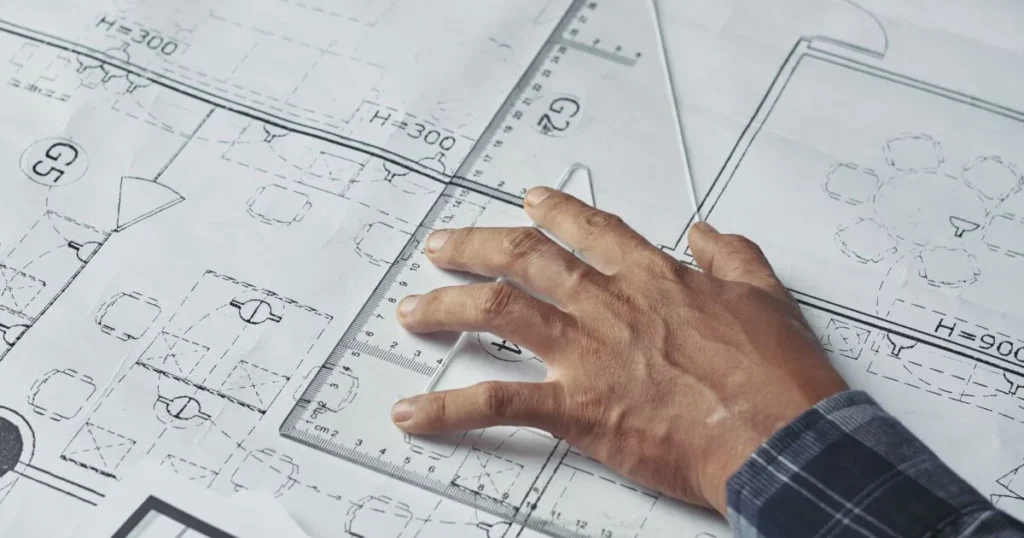
Mastering Precision How to Round to the Nearest Tenth?
When it comes to numbers, accuracy counts. The capacity to round figures accurately is a crucial talent, whether you’re working with measurements, financial information, or scientific calculations. Round to the nearest tenth is a popular way of rounding figures. We will discuss what it means to round to the closest tenth, why it matters, and how to do it precisely in this thorough guide.
Understanding Rounding to the Nearest Tenth
The process of estimating a number to the closest value ending in one decimal place is known as Round to the nearest tenth. When working with measurements and data from the actual world, this is frequently utilized when finer precision is not required or when smaller, easier-to-manage figures are chosen. For example, we frequently round prices, distances, or weights to the next tenth in daily life.
How do you Round to the Nearest Tenth
The Rounding Process:
The usual procedures to round a number to the closest tenth are as follows:
Identify the Target Decimal Place:
Our goal in this instance is to round to the tenths place, or one decimal point.
Determine the Rounding Digit:
Examine the number directly to the right of the tenth (or hundredth) spot. The rounding method will be decided by this digit.
Apply the “5 or More, Up the Score” Rule:
You round up to the tenth place if the digit in the hundredth place is five or higher. You maintain the tenth place if it’s less than 5.
Examples:
Let’s investigate this using a few instances:
Rounding 4.56 to the Nearest Tenth:
- Target Decimal Place: Tenths
- Rounding Digit: 6 (in the hundredths place)
- Since 6 is 5 or greater, you round up the tenth place.
- Result: 4.6
Rounding 3.23 to the Nearest Tenth:
- Target Decimal Place: Tenths
- Rounding Digit: 3 (in the hundredths place)
- Since 3 is less than 5, you keep the tenth place as it is.
- Result: 3.2
Rounding 7.875 to the Nearest Tenth:
- Target Decimal Place: Tenths
- Rounding Digit: 7 (in the hundredths place)
- Since 7 is 5 or greater, you round up the tenth place.
- Result: 7.9
Importance of Rounding to the Nearest Tenth
Simplicity:
Numerical expressions are simplified and made easier to work with by rounding to the closest tenth. This is especially crucial when working with huge datasets or intricate computations.
Practicality:
In practical situations like shopping, cooking, or measuring distances, Round to the nearest tenth results in values that are more understandable and practical.
Error Reduction:
Rounding minimizes the accumulation of errors that occur when working with extremely accurate values. For instance, Round to the nearest tenth might reduce rounding errors in financial computations.
Communication:
Communication is made clearer when figures are rounded to the closest tenth. “Approximately 3.5 miles” is generally a more logical way to communicate measures than “approximately 3.487 miles.”
Consistency:
A standardized technique that guarantees consistency when reporting results is Round to the nearest tenth. This is useful for data analysis, engineering, and scientific research.
Rounding to the Nearest Tenth in Daily Life
Grocery Shopping:
Prices at stores are frequently rounded to the closest tenth of a cent. Working with $2.50 is simpler than with $2.47.
Cooking:
To ensure precision and consistency in the finished dish, recipes often ask that components be measured to the nearest tenth of a unit.
Travel:
For simplicity and clarity, distances are usually rounded to the closest tenth of a mile or kilometer on road signs and maps.
Financial Transactions:
Round numbers are frequently shown on banking accounts and invoices to facilitate accounting and understanding.
Advanced Rounding Techniques
Rounding to more decimal places than merely the tenths may be necessary in more intricate mathematical and scientific applications. Here are a few sophisticated rounding methods:
Rounding to Multiple Decimal Places:
You have the option to round to several decimal places if accuracy is required. Rounding to the nearest hundredth or thousandth, for example, requires two or three decimal places.
Significant Figures:
Significant figures are used in scientific and engineering calculations to indicate the accuracy of measurements. When rounding, care is taken to maintain the right number of significant digits.
Round to the Nearest Tenth Calculator
A digital tool called a “Round to the Nearest Tenth Calculator” makes it easier to round a value to the closest tenth, or one decimal point. It is helpful in many mathematical and practical applications, such as finances, measurements, and statistics, by assisting with the acquisition of more precise and succinct values.
Conclusion
A fundamental mathematical ability with many applications in both daily life and a variety of professional domains is Round to the nearest tenth. It improves communication, lowers errors, and simplifies complicated figures. Rounding figures to the next tenth ensures that you can work with numbers successfully and efficiently, whether you’re in the grocery store, preparing a meal, or doing complex scientific calculations. Learning how to round to the next tenth is a crucial ability in a world where simplicity and accuracy go hand in hand.
FAQS
Rounding 24.74 to the nearest tenth results in 24.7.
Rounding 256.709 to the nearest tenth results in 256.7.
Rounding 9.3488 to the nearest tenth results in 9.3
Rounding 64.9963 to the nearest ten results in 70.
